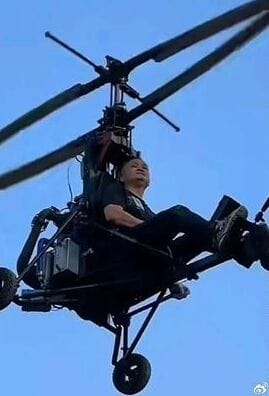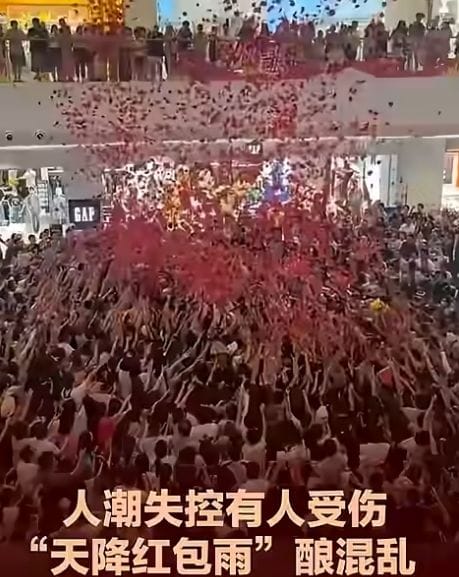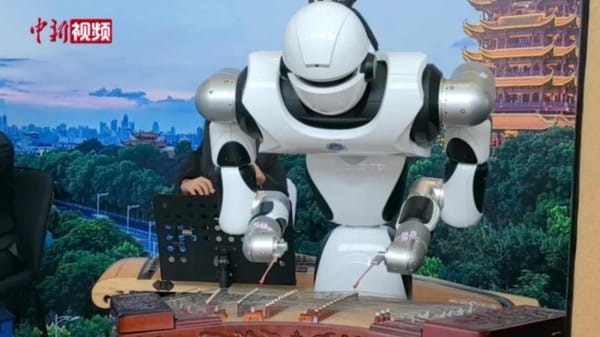“Delivery Kids”: The Rise and Fall of a 100-Meter Courier World
An eye-opening look at Shenzhen’s child couriers phenomenon, where youthful agility met legal concerns and urban delivery woes — now halted amid controversy.
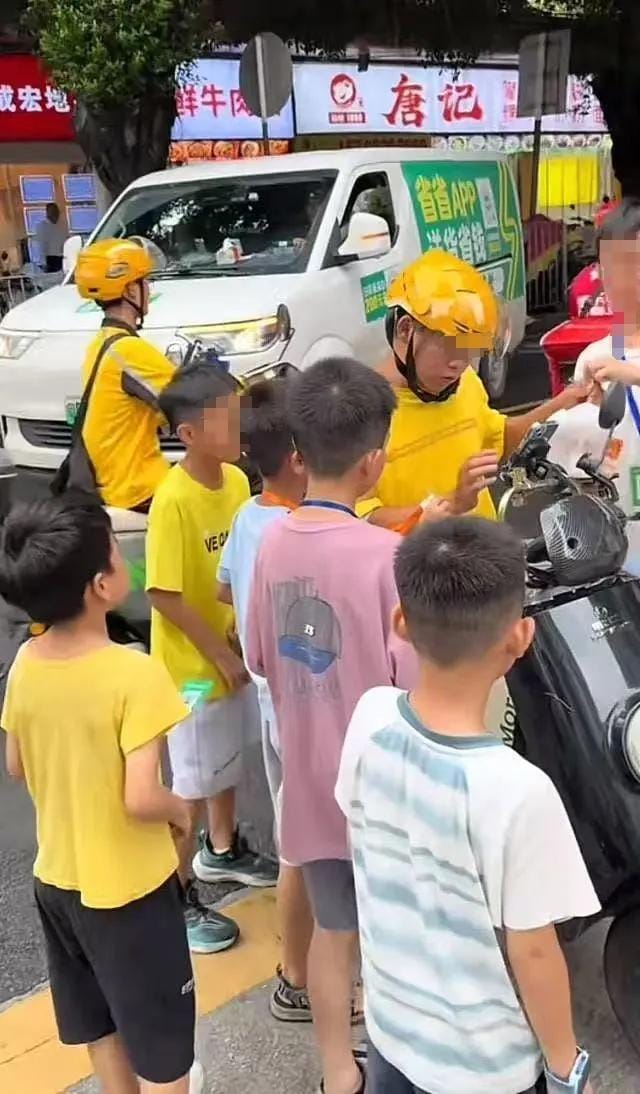
When Kids Became the Fastest Couriers in Town 🏃♂️💨
In the sizzling summer of 2025, Shenzhen’s Huaqiangbei district witnessed an unprecedented spectacle — children darting through office building labyrinths, QR codes dangling from their necks, hustling to deliver food orders faster than anyone else. It was almost like a real-life video game, except these "players" earned real pocket money: 1 to 2 yuan per order. Some would run over 20,000 steps a day to chase down their goals — and gadgets.
This whirlwind "stair-running" phenomenon not only challenged the norms of food delivery but raised uncomfortable questions about child labor, safety, and urban infrastructure.
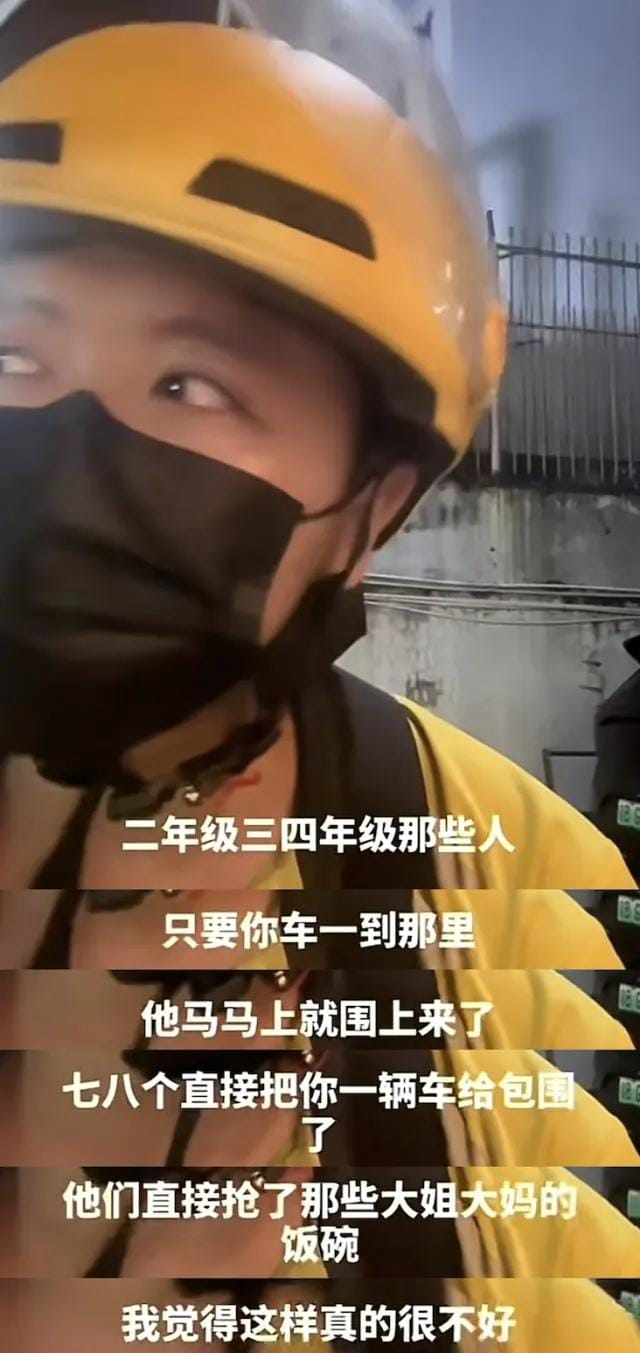
The Origins: A Delivery Dilemma in a Maze of Skyscrapers 🏢🔄
Huaqiangbei’s commercial heart is a cluster of towering office buildings with elevators that often-resembled traffic jams during rush hour. For delivery riders juggling tight deadlines, elevator waits, and confusing layouts could easily swamp their income through fines for late orders.
Enter the middle-aged cleaners — the original substitute couriers — familiar with every corridor and elevator, they turned order delivery into a small business. Then came the kids. Their uncanny knowledge of floor layouts and faster pace enabled them to undercut adult couriers with cheaper fees, swiftly becoming the main actors in this delicate ecosystem.

So, Should We Applaud or Worry? 🤔
Supporters argued this was healthier than idle phone time, enhancing kids’ social skills and fostering an early appreciation for work ethics. Parents proudly reported improvements in their children’s physical fitness and time management.
But the flip side was serious. Child safety advocates warned of the dangers: children darting around moving vehicles, risking heatstroke, and facing elevator hazards. Witnesses described chaotic scenes where kids would swarm delivery bikes competing for orders. This posed pressing ethical and legal dilemmas.
Legal Grey Zones and the Halt 🛑⚖️
Was this child labor? Opinions were split. Some legal experts viewed the arrangement as labor exploitation lacking any formal employer, thus illegal. Others believed these informal, age-appropriate tasks didn’t breach child labor laws, so long as no one bore formal employment responsibility.
Ultimately, Shenzhen authorities issued a decisive ban in early August 2025, citing safety and legal concerns. This marked the end of a short yet intense chapter in urban delivery culture.
Beyond the Kids: Urban Delivery’s Real Challenges 🚀📦
The "stair-running" saga shone a spotlight on the larger issues faced by last-mile delivery services in complex urban spaces. Congestion, confusing building strategies, and the pressure of quick deliveries continue to bedevil workers and platforms alike.
Post-ban, local initiatives have tried to address youth engagement through childcare centers and invigorated libraries — but the delivery bottleneck endures. Balancing efficiency, labor rights, and safety remains a pressing puzzle for urban planners and policymakers.
Final Thoughts: What the Stair-Running Kids Teach Us 🧩
The end of Shenzhen’s child courier phenomenon isn’t just about stopping children from working — it reveals a deeper story about a city racing to keep up with modern demands while safeguarding its youngest residents.
As urban life grows ever faster and more complex, it raises important questions: How can cities innovate last-mile delivery without exploiting labor? What safety nets should protect vulnerable populations? And ultimately, how to ensure that the race for progress doesn’t come at the expense of childhood?
One thing’s clear — the story of these stair-running kids is a poignant chapter in the evolving narrative of urban work, childhood, and the future of delivery.

